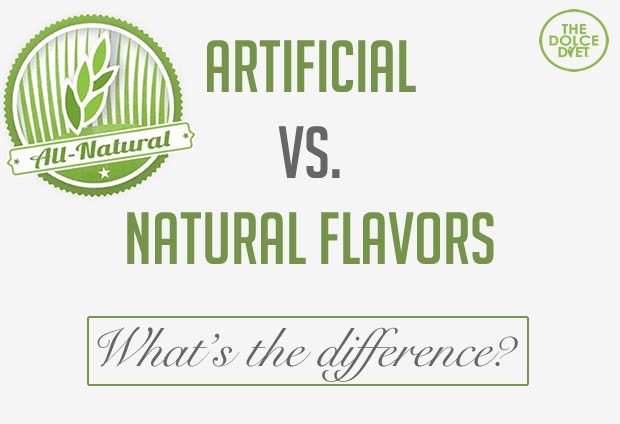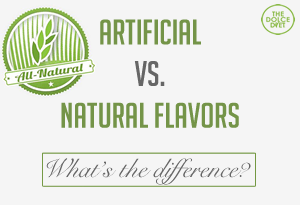
Artificial vs. Natural Flavors
by Samantha Coogan, MS, RDN, LD
According to the Code of Federal Regulations, a natural flavor is: “the essential oil, oleoresin, essence or extractive, protein hydrolysate, distillate, or any product of roasting, heating or enzymolysis, which contains the flavoring constituents derived from a spice, fruit or fruit juice, vegetable or vegetable juice, edible yeast, herb, bark, bud, root, leaf or similar plant material, meat, seafood, poultry, eggs, dairy products, or fermentation products thereof, whose significant function in food is flavoring rather than nutritional” (21CFR101.22).
Hooray…what the heck does all of that mean?
Basically these flavorings are derived from the actual food by multiple means, such as, fermentation or heating. The flavors are obtained from the whole food, and are not created in a lab.
Any flavors added that are not included in the list above would be considered an “artificial flavor,” such as monosodium glutamate, or MSG. This ingredient has since been drastically reduced in restaurant chains due to health concerns.
Artificial flavors must be listed on food labels. These flavors are often created by blending multiple natural flavors together and/or adding additional chemicals.
Artificial ingredients are usually used because they are more cost-effective for the manufacturer. You will probably see natural flavors used in conjunction with artificial flavors, again because it reduces costs, yet the company can still boast that they use “natural” flavors.
Another thing to keep in mind is that the term “organic” is not the same as “natural.”
The USDA’s Food Safety and Inspection Service (FSIS) terms “natural” as “a product containing no artificial ingredient or added color and is only minimally processed (a process which does not fundamentally alter the raw product) may be labeled natural.”
It is critical not to confuse the two terms. Organic is merely a term for treatment (no pesticides, etc.), not for nutrient quality. Natural refers to the actual ingredients within a product.
EXAMPLES:
Natural Flavor
Benzaldehyde – Naturally found in almonds and gives an almond flavor to foods/candies/liquors.
Artificial Flavor
Vanilla: Although most of the flavor comes from the vanillin found in vanilla beans, synthetic vanillin is added to create imitation vanilla extract. This would be an example of a natural flavor that was made artificial by means of adding synthetic components.





